A roundup like this can only be reasonably representative if we gradually test other new products present on the market and in demand. That's why we are deliberately keeping the end open – as we already have with the 2.0 and 2.1 speaker systems – and will include many more products in this roundup, depending on availability and reader interest.
UPDATE 27. April 2017: With today's update, we've added Creative Flex to our headphone and headset roundup. Enjoy reading!
Currently, this roundup consists of ten gaming headsets, which we will later add more models and, of course, pure headphones.
| More interesting articles on headphones, headsets, speakers and audio | |
|---|---|
| >>> Audio-Roundup: 2.0 and 2.1 sound systems in comparison tes t>>> Myth Gaming Headset: Pure marketing blah or real advantage when playing ?>>> Tom's hardware internal: How we test speakers, headphones and noise emissions >>> Mivoc Hype 10 G2 in subwoofer test: Low tone hits low price |
|
Since the test setup in our measuring room can (and will) be used in the current form in the long term, all results listed here are directly comparable with each other, because they are achieved under identical conditions and in the exact same environment. Were.
| The order of the headsets and headphones is based solely on the alphabet and the number of products tested by a manufacturer only on the availability at the time of testing. Neither represents an evaluation or preference for individual test patterns. |
Test setup
We already have the most important thing in our basic article Tom's Hardware internally: We test loudspeakers, headphones and noise emissions together, so that we want to save the details at this point.
It is important, however, that on this page we have also listed and explained the significance of the individual frequency ranges in detail. This is important for a better understanding of our analysis of the individual measurement curves, as we cannot and do not explicitly return to the same basics every time.
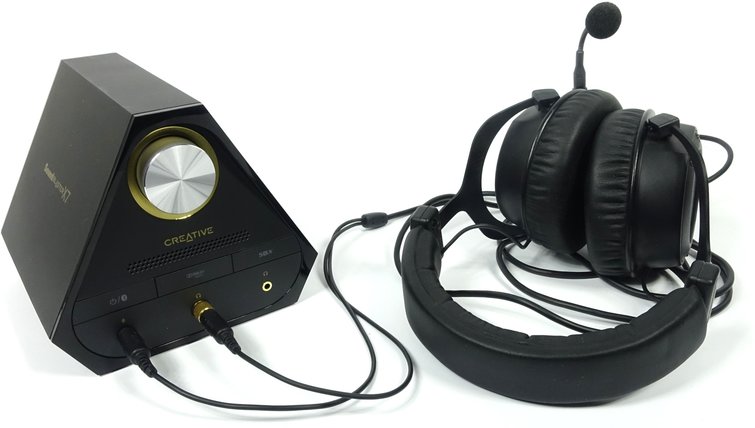
We also try to test all headsets on a single sound solution. In this case, it is the Creative Sound Blaster X7 that can handle even higher impedances up to 600 ohms without any problems. Of course, we have to measure and evaluate headsets with their own USB sound solution that cannot be connected analogously with the internal sound card.
The rest have to fight with the same weapons, with the Sound Blaster X7 one of the best solutions you can currently get as a finished product for a just justifiable price. But it's also cheaper!
External headphone amplifiers and sound cards
The advantages and disadvantages of external headphone amplifiers are not only the subject of fierce debate in the forums. The fact is that good motherboards now have a good to very good onboard sound. What usually falls by the wayside, however, is a headphone output that provides enough voltage even for high-altitude headsets or headphones, and whose resulting output power, including reserves, is high enough to be largely distortion-free even with higher output levels. to get to the clear.
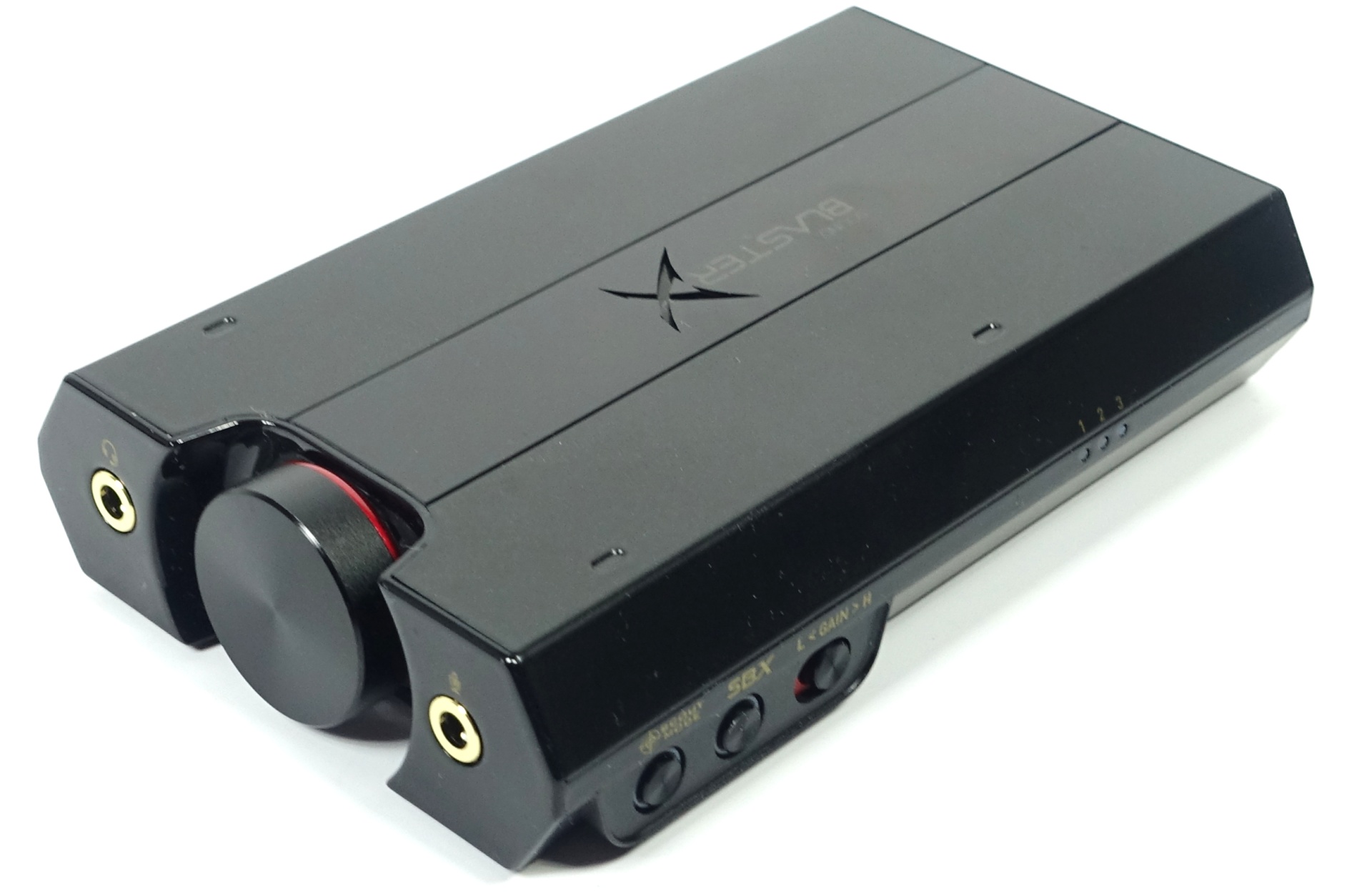
Of course, there is a lot of voodoo in the game again and not everything that is gold and shines is really needed. The Creative Sound BlasterX G5 (or Creative Sound BlasterX G5 E5 for mobile use) is still one of the more expensive headphone amplifiers with a more than 100 euros, which can also score with a DSP (unfortunately to be controlled via PC software) and three specially definable profiles. Unfortunately, no linear profile is stored ex works here, so that one has to act first.
Of course, a simple, analog headphone amplifier is also easy enough. There doesn't even have to be a DAC installed, because even purely analog amplifiers offer plenty more reservers and a trouble-free handling even higher impedances. Simple kits start at just a few euros and finished appliances start at around 30 euros.
With DAC and USB input, you can still get well below 100 euros. Devices such as a Fiio 10K are often recommended in forums and you can even order such solutions with an integrated battery, which then, like the Creative Sound BlasterX E5, also ensures longer mobile operation.
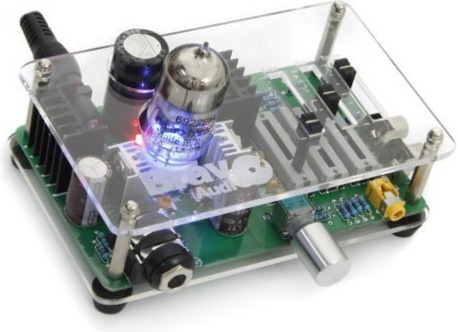 In general, however, one should stay away from simple tube amplifiers, which are offered with a lot of tamtam on various platforms. The built-in Chinese or Russian clones of common tubes are usually not even bad – only the stuff around it is often no good.
In general, however, one should stay away from simple tube amplifiers, which are offered with a lot of tamtam on various platforms. The built-in Chinese or Russian clones of common tubes are usually not even bad – only the stuff around it is often no good.
Ultimately, however, everyone will have to decide for themselves whether the effort is really worth it.
Top-class headsets or headphones should be operated on higher-quality motherboards or even a separate headphone amplifier, just because of better control. If you want to avoid cable clutter, it is best to use a USB version with an additional microphone input.
Headsets in the test
| 20th. December 2016 | 9. November 2016 | 27.04.201 7 Creative Flex (New) |
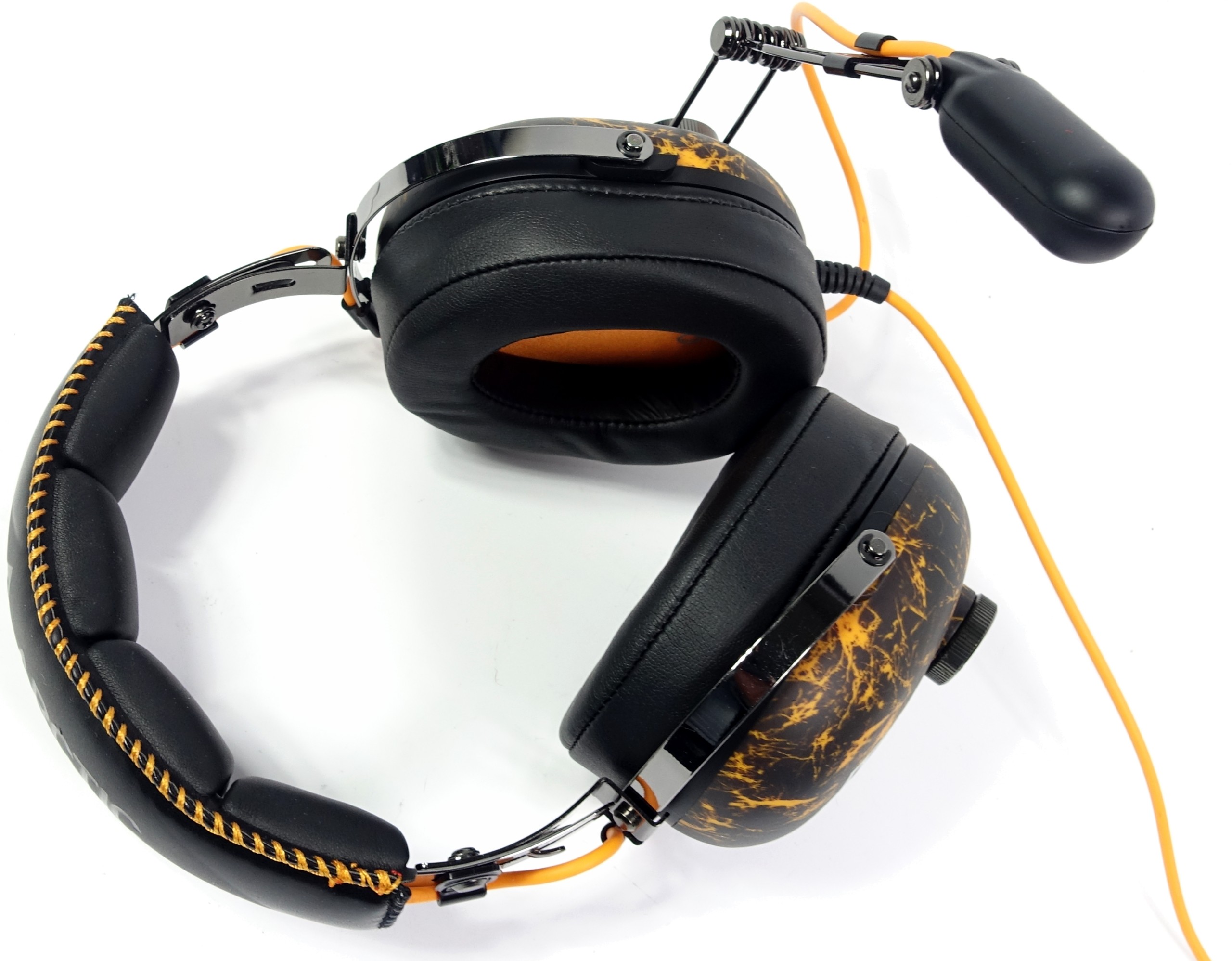 |
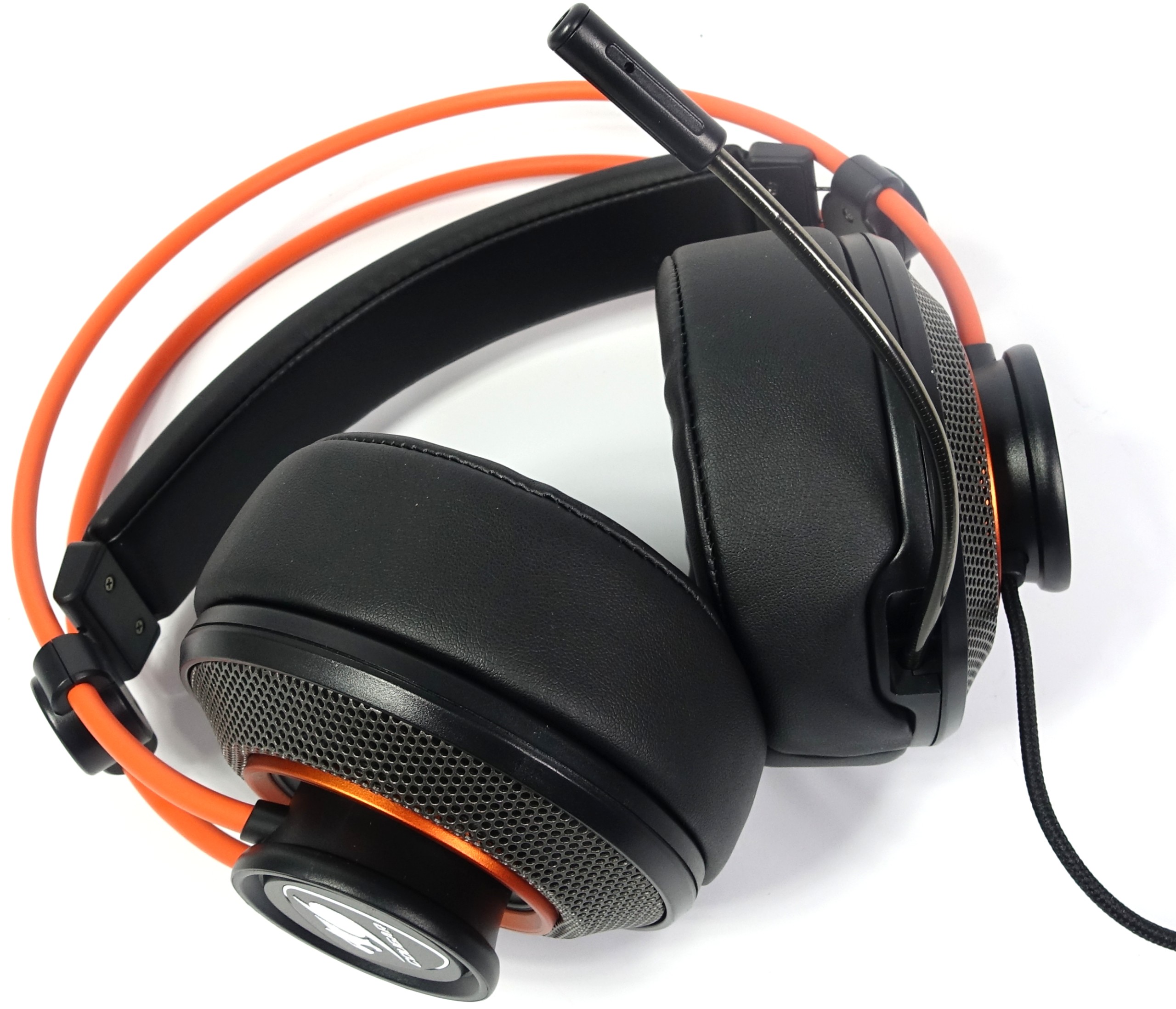 |
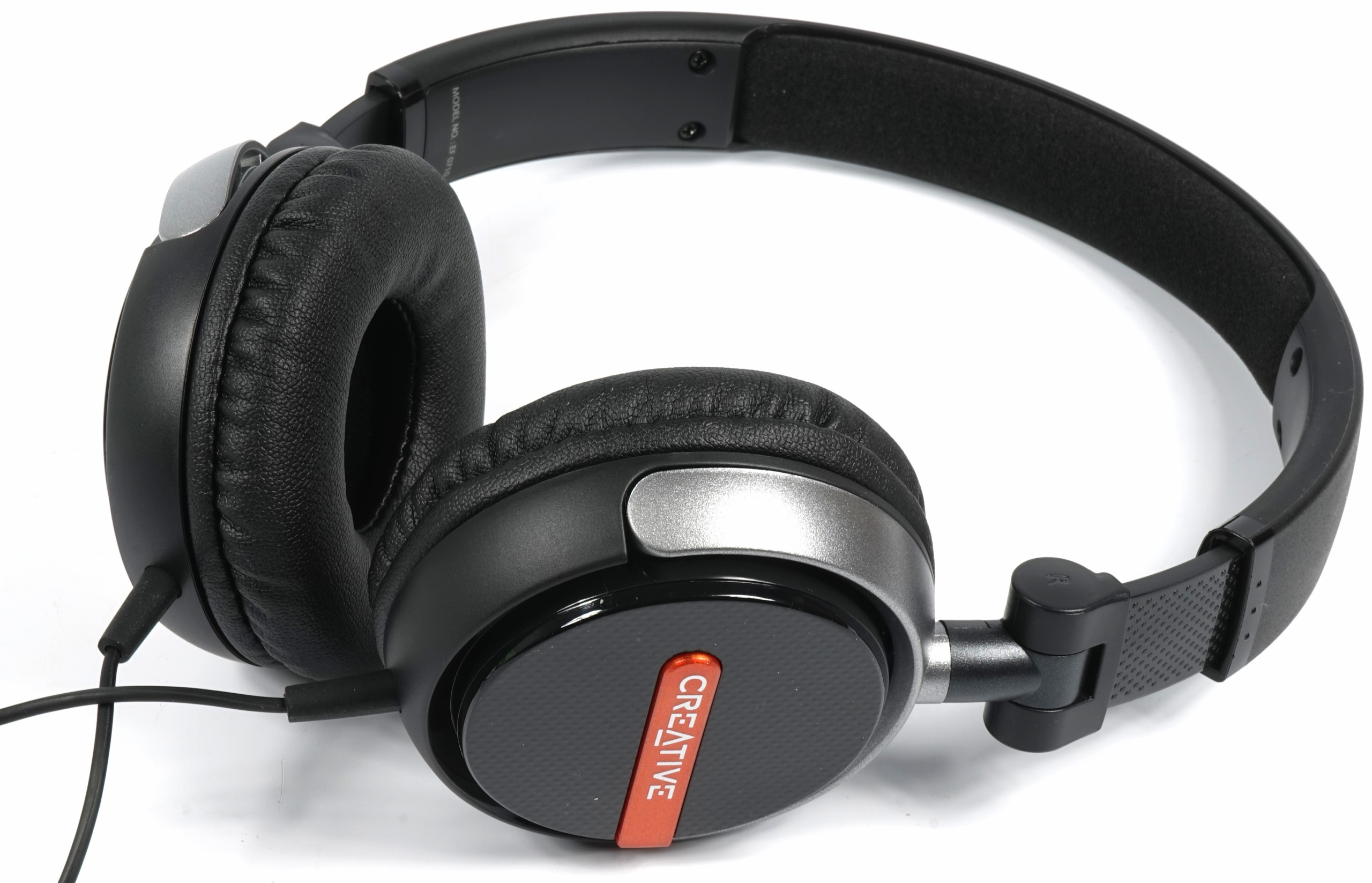 |
| 25. May 2016 Creative Sound Blaster Inferno |
25. May 2016 Creative Sound Blaster Tactic3D Rage Wireless V 2.0 | 25. May 2016 Creative Sound BlasterX H5 |
|
|
|
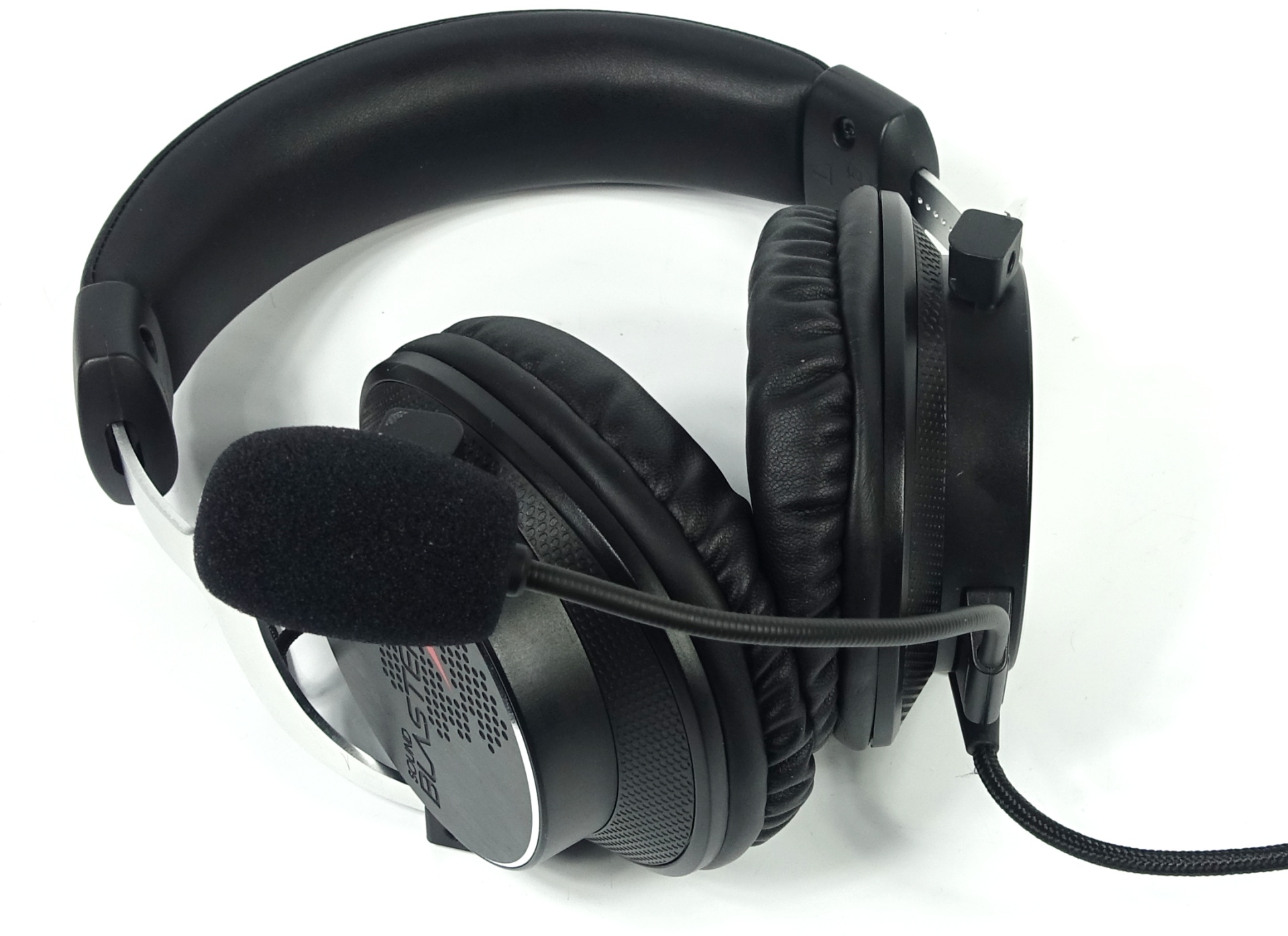 |
| 8. February 2017 | 25. May 2016 Logitech G230 | 30. November 2016 |
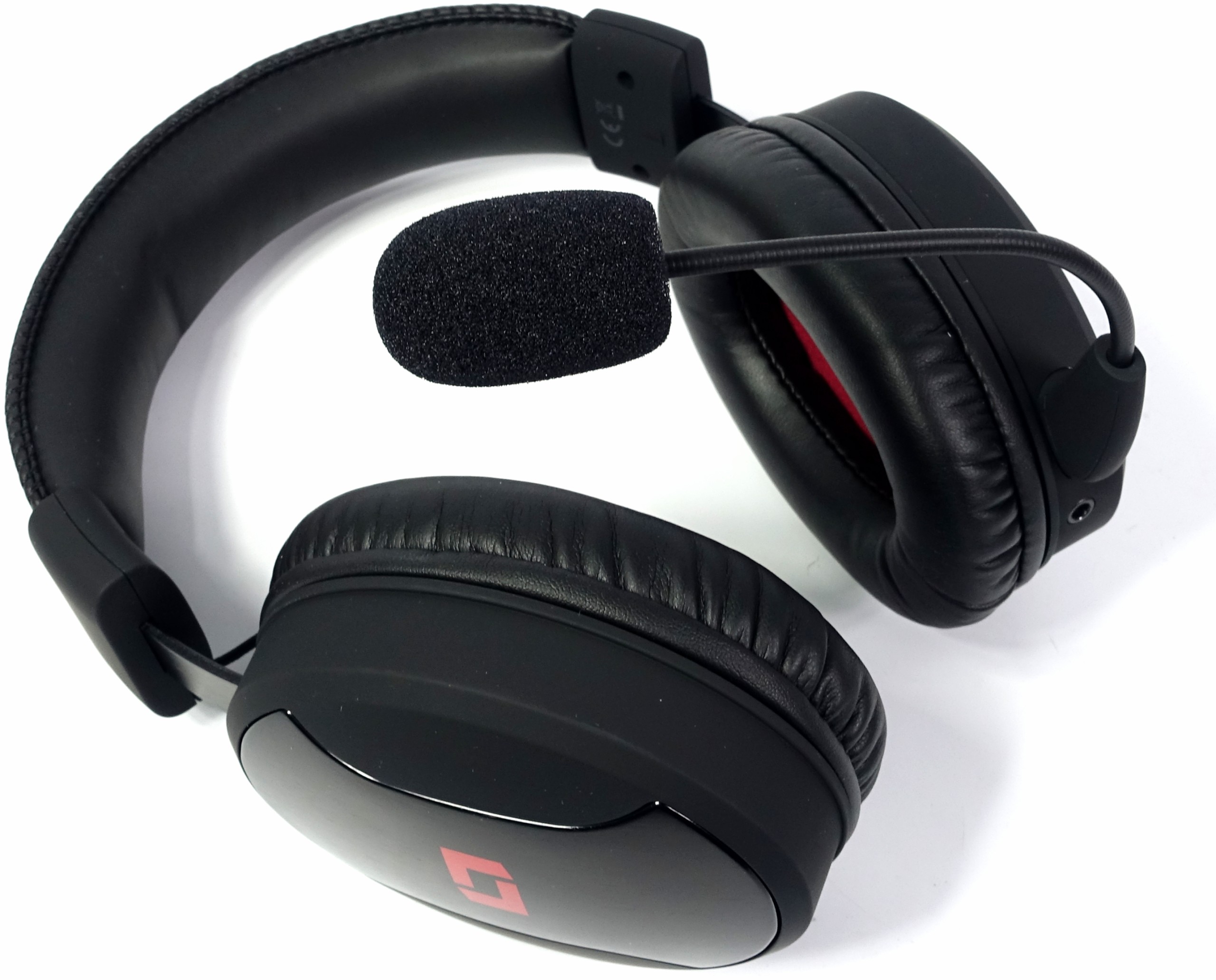 |
|
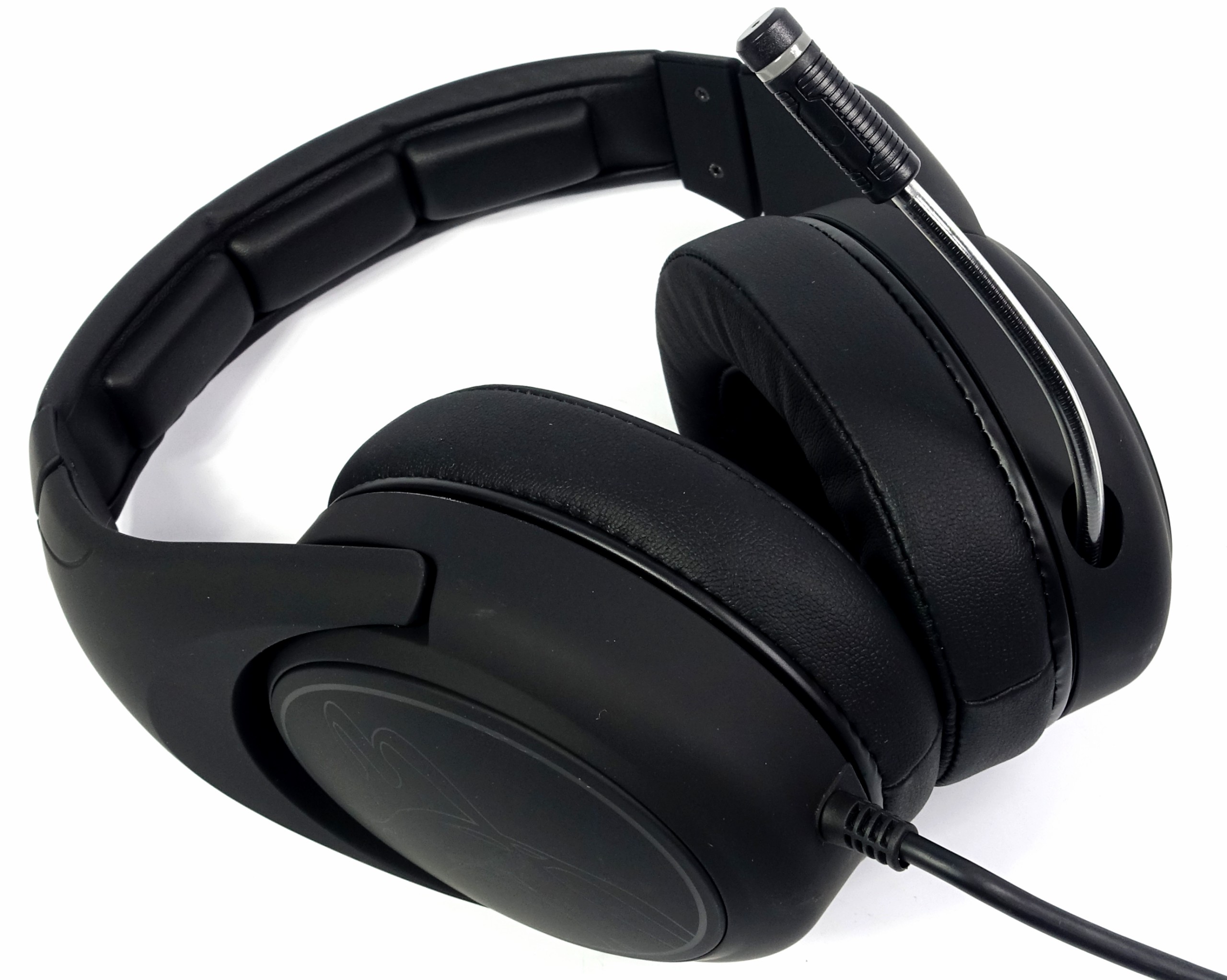 |
| 8. September 2016 | 17th. October 2016 | 17th. October 2016 Roccat Renga |
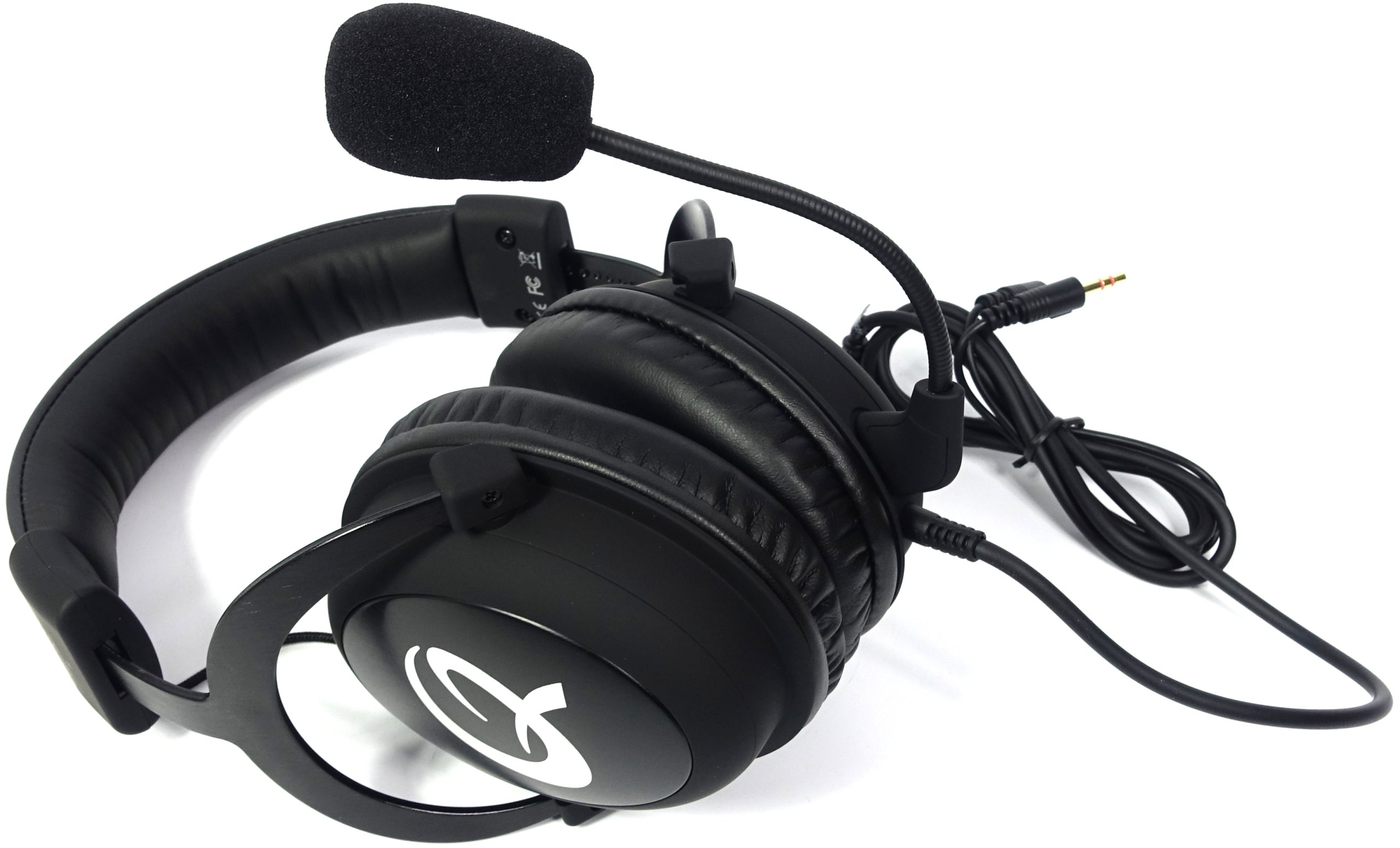 |
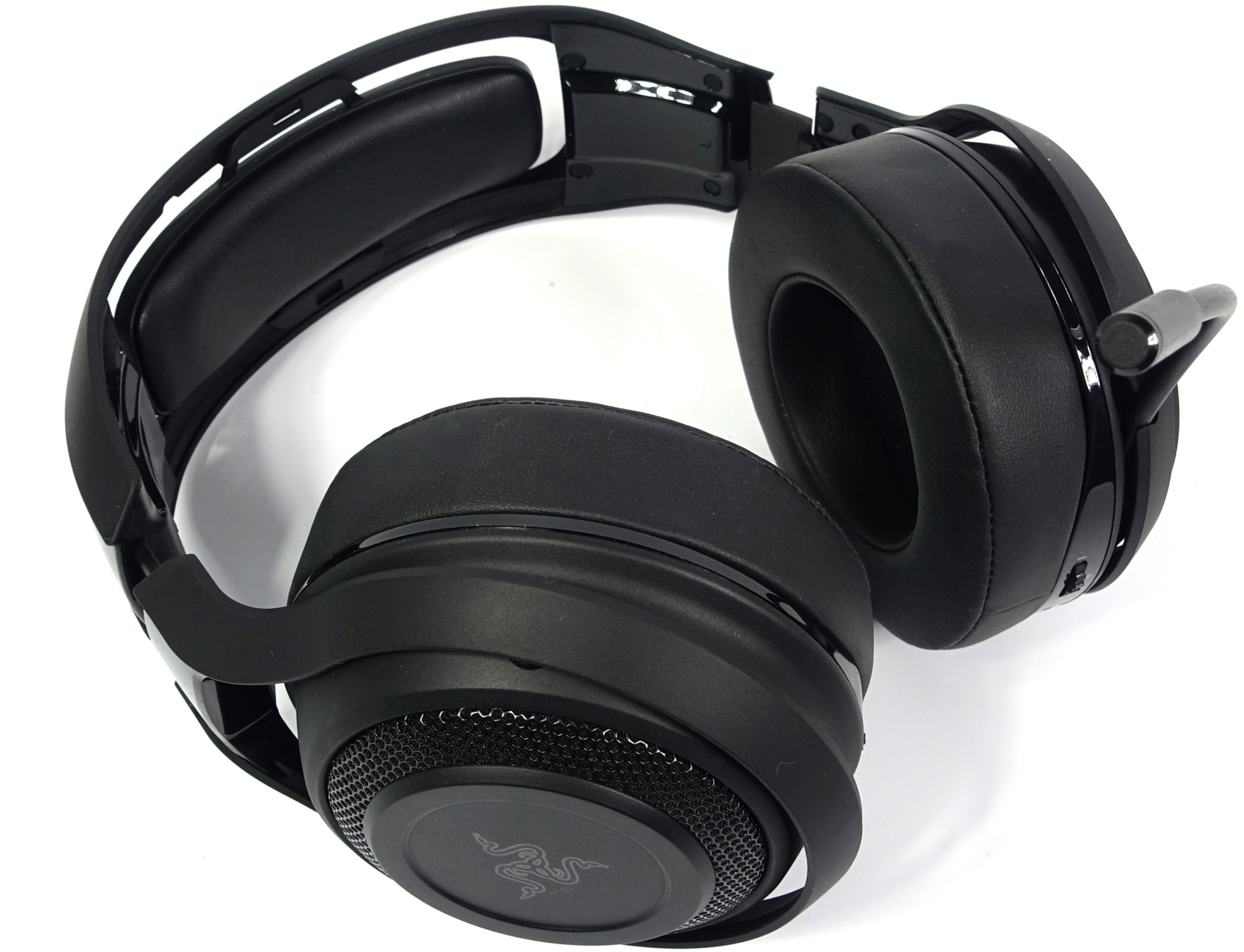 |
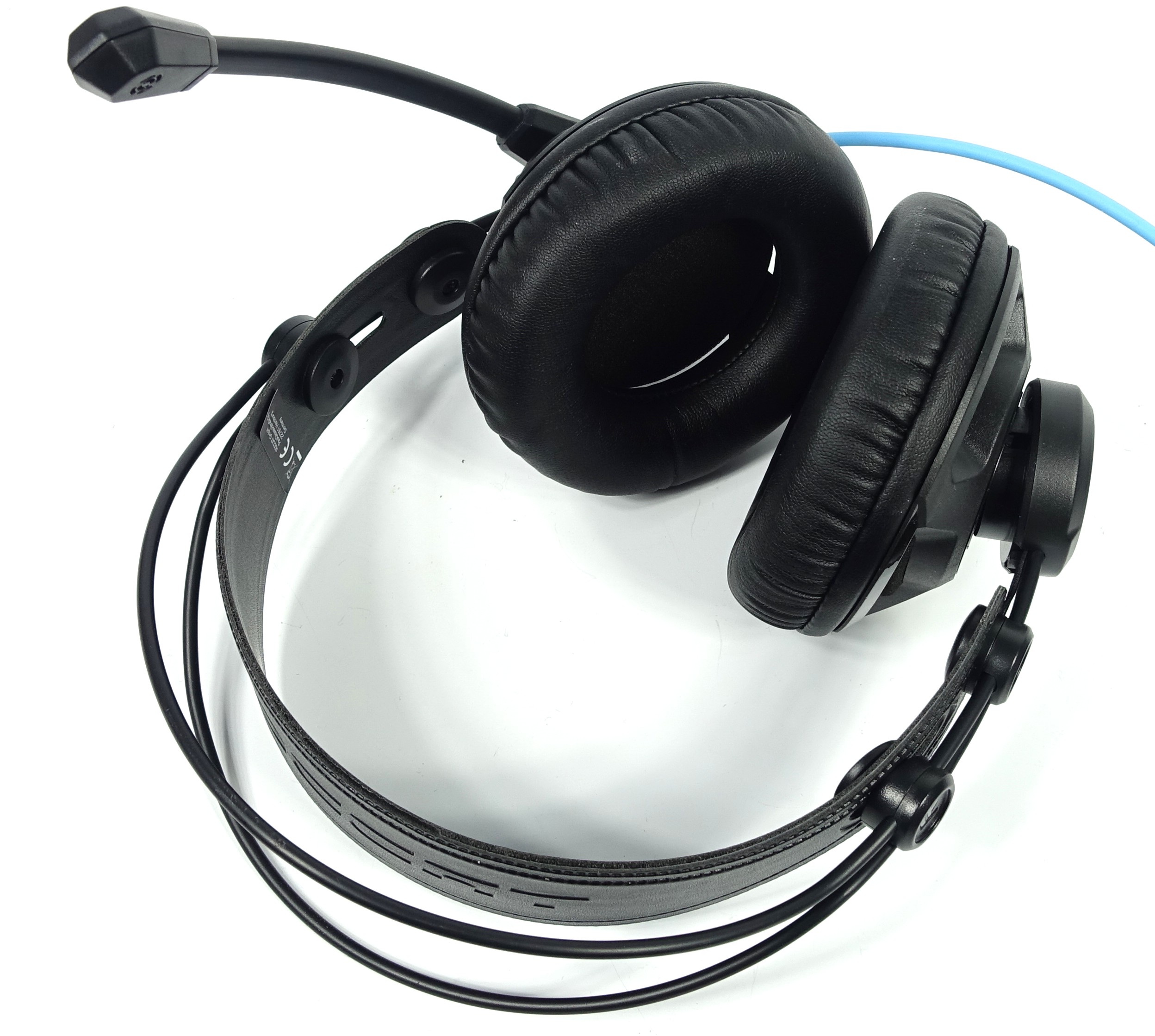 |
| 04. April 2017 Sharkoon Skiller SGH1 | 25. May 2016 Steelseries Siberia 200 | 25. May 2016 Steelseries Siberia 800 |
|
|
|
|
| Continuing… | ||
Technical Data Headsets
Follow Tom's Hardware Germany on Facebook, Google+ and Twitter.
- 1 - Einführung und Übersicht
- 2 - Arctic P533 Penta
- 3 - Cougar Immersa
- 4 - Creative Flex
- 5 - Creative Sound Blaster Inferno
- 6 - Creative Sound Blaster Tactic3D Rage Wireless V 2.0
- 7 - Creative Sound BlasterX H5
- 8 - [NEU] Lioncast LX50
- 9 - Logitech G230
- 10 - Ozone Ekho H80
- 11 - Qpad QH-90
- 12 - Razer ManO'War Wireless
- 13 - Roccat Renga
- 14 - Sharkoon Skiller SGH1
- 15 - Steelseries Siberia 200
- 16 - Steelseries Siberia 800














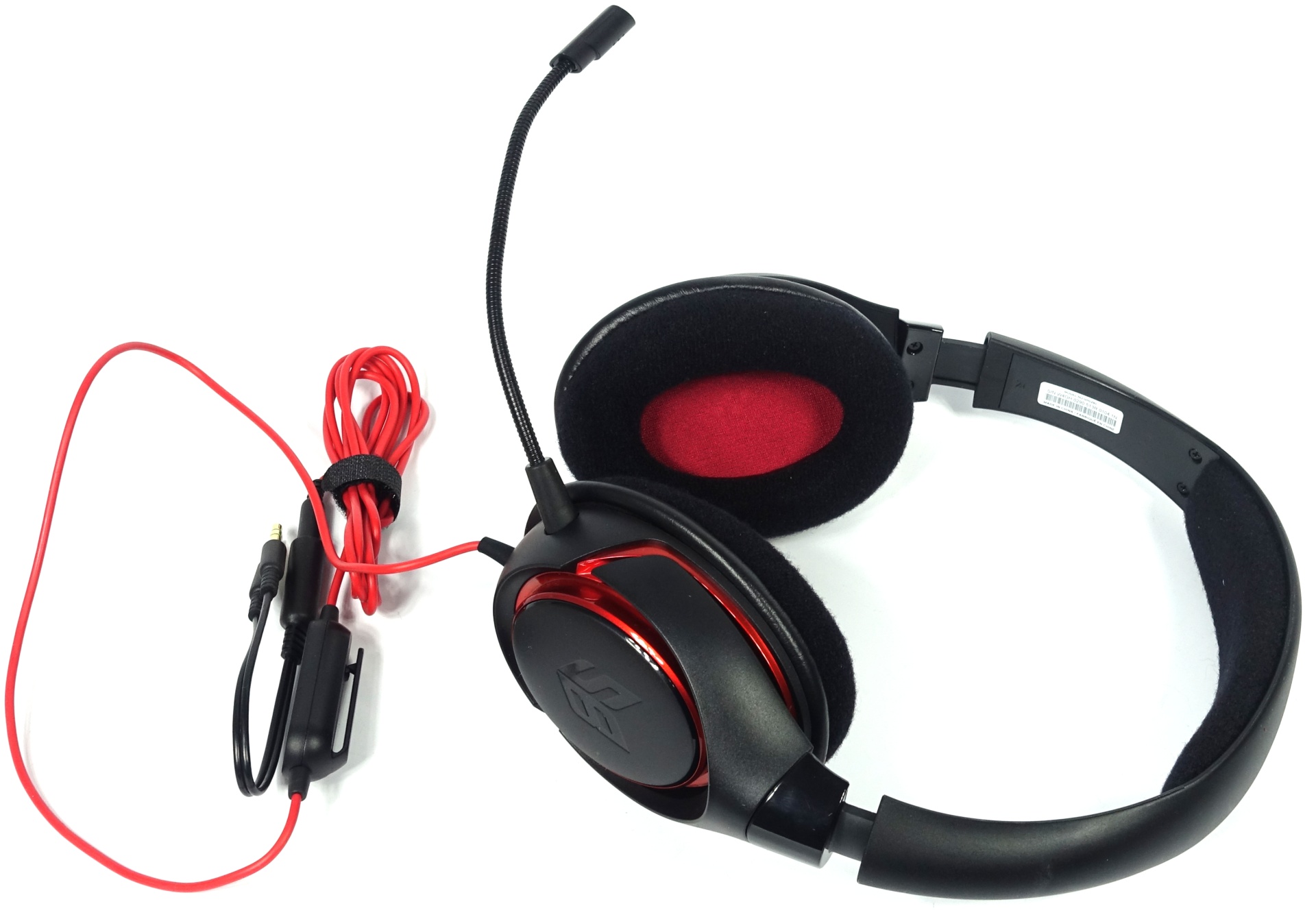
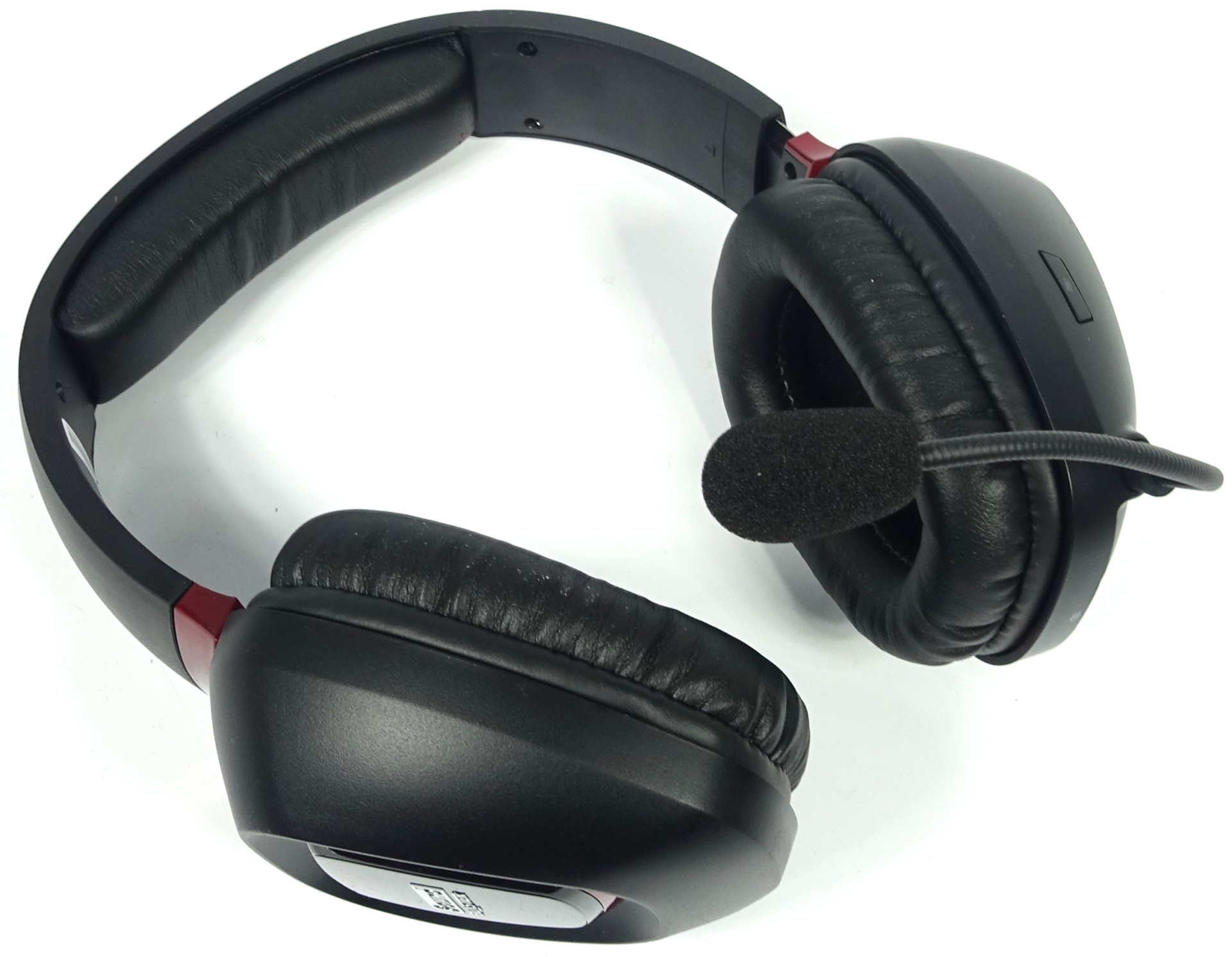
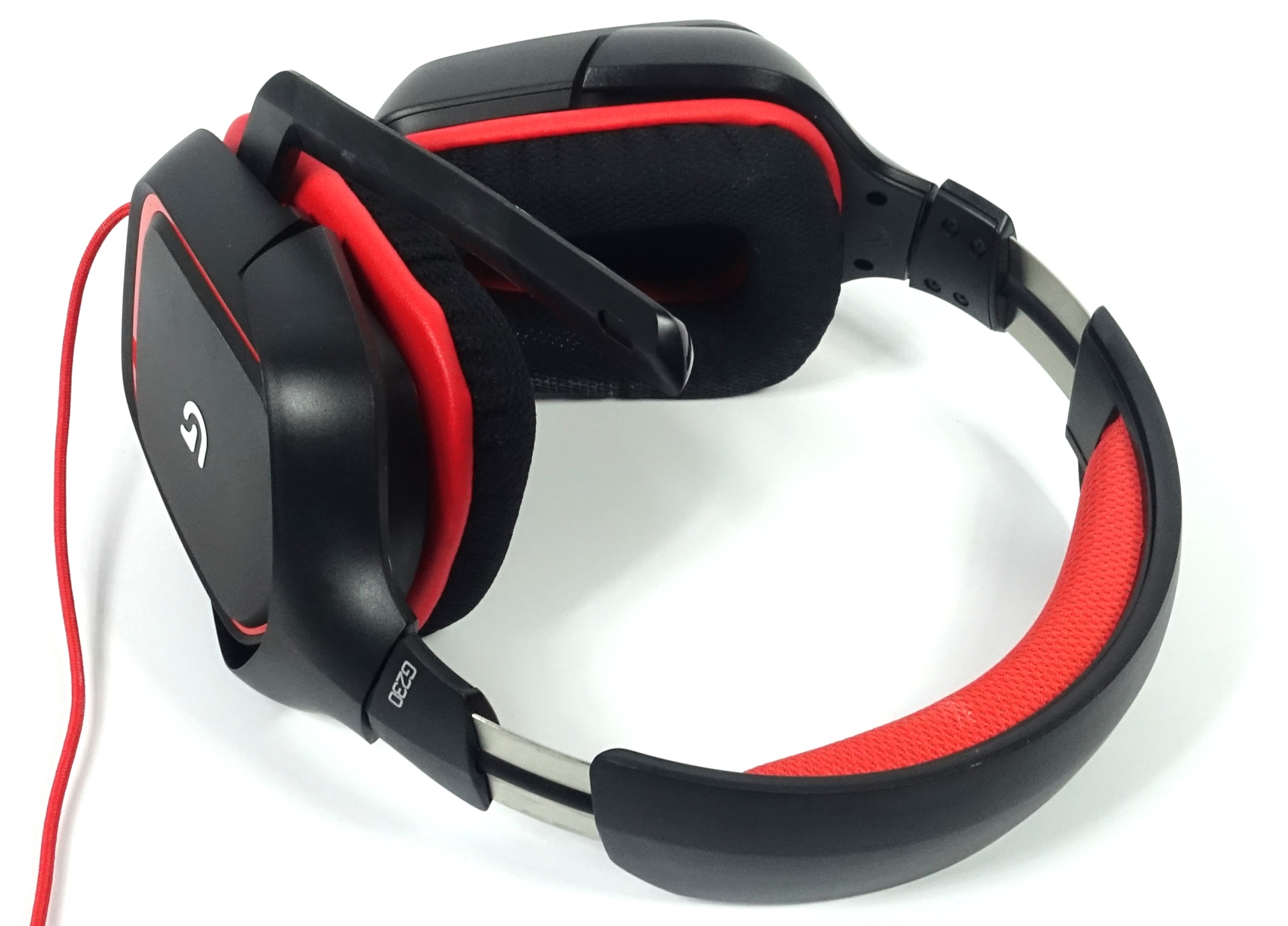
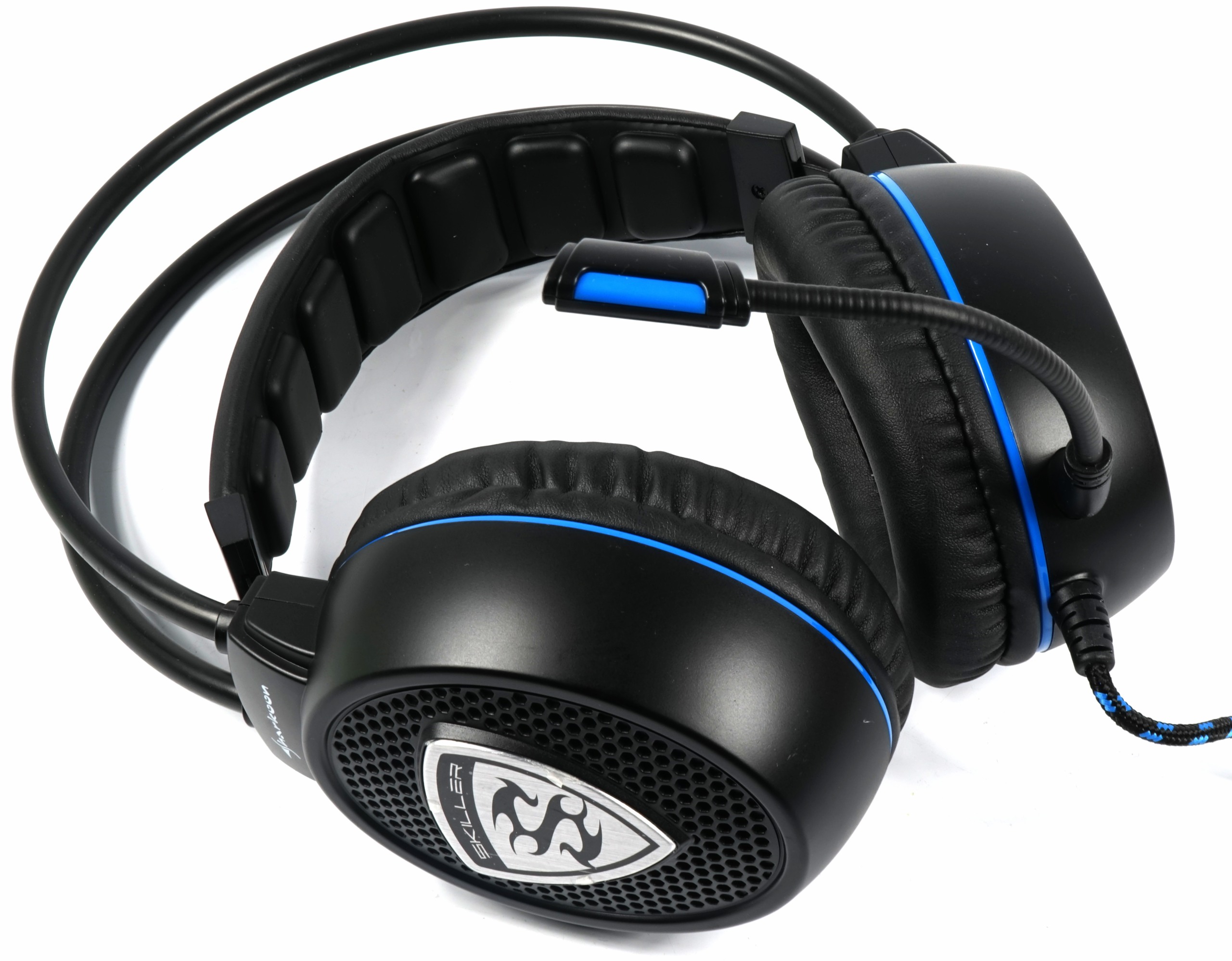
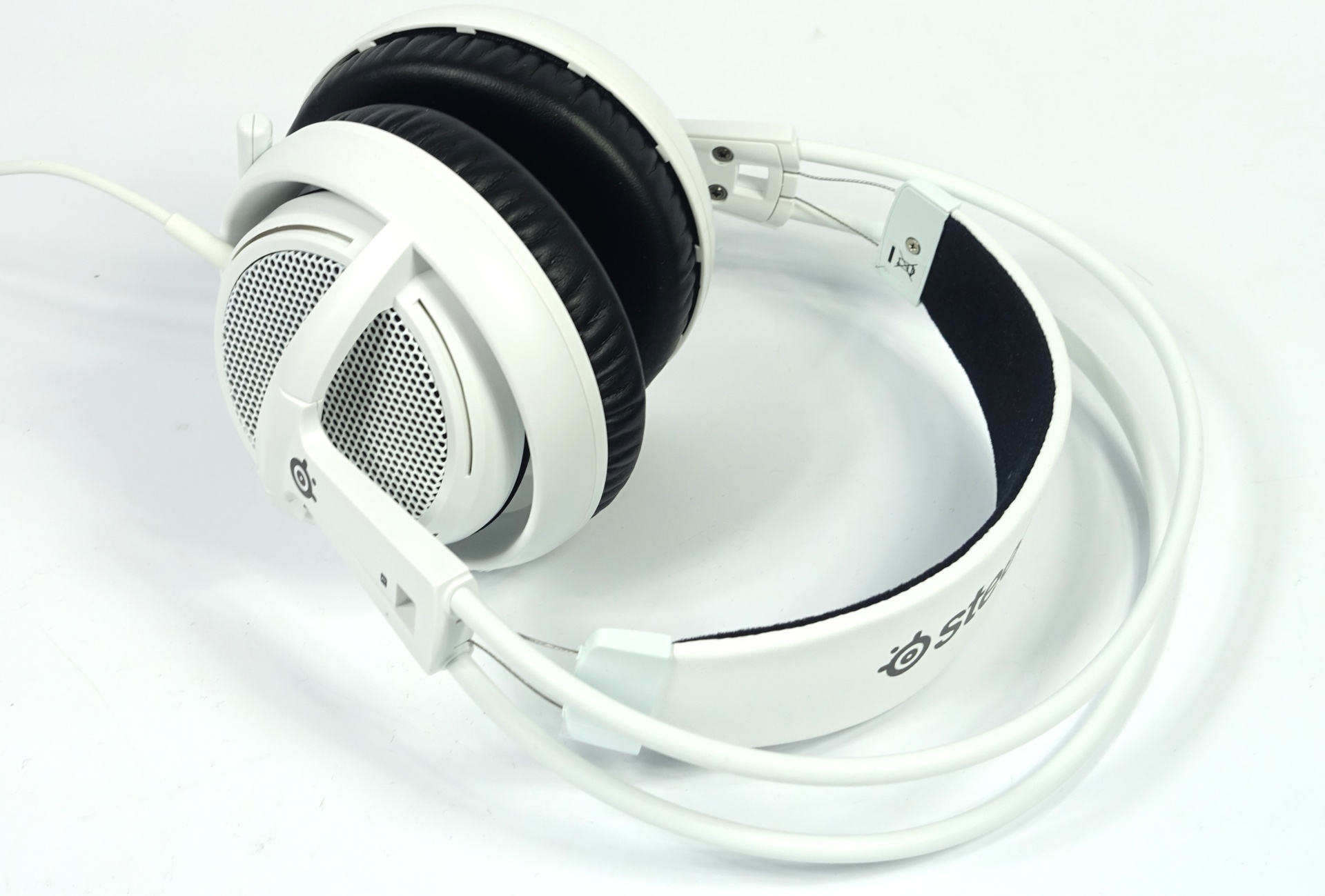
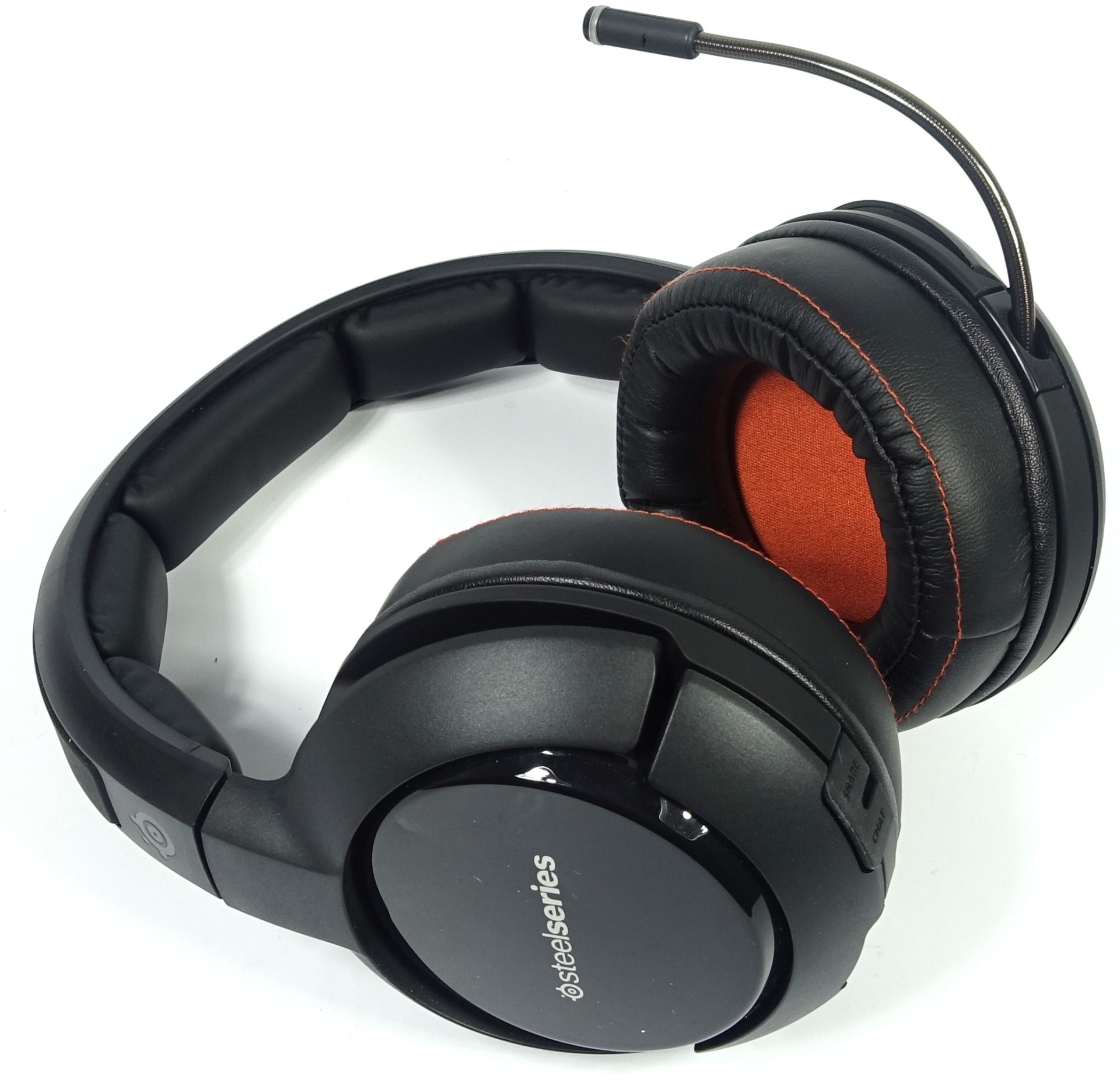


















Kommentieren